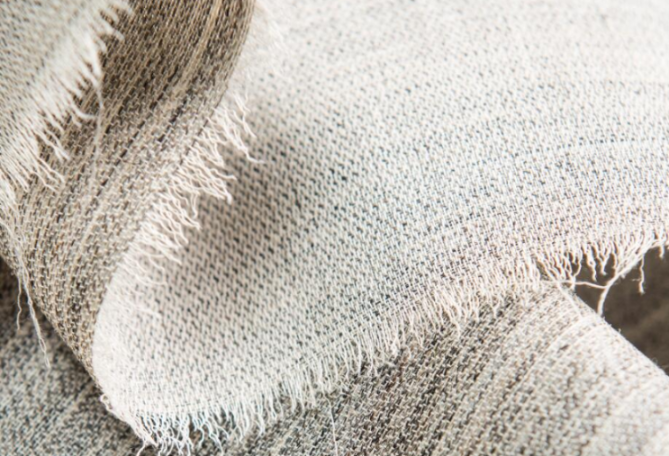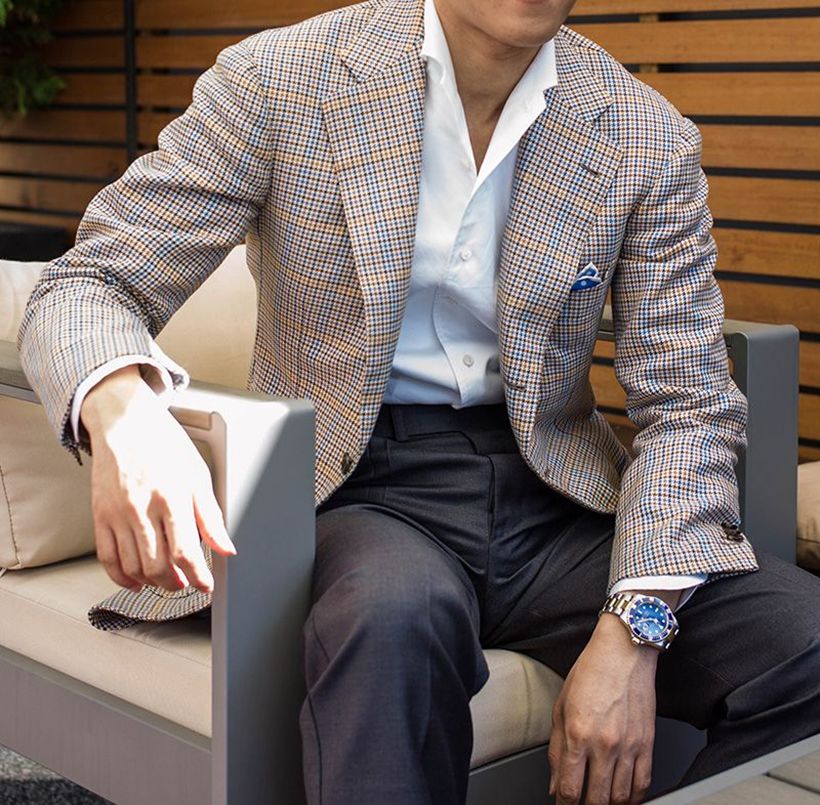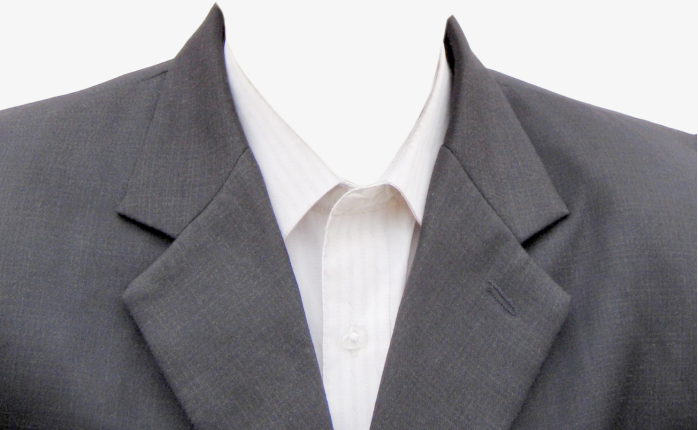Hair interfacing,The king of suiting accessories
2022-09-22.
A garment-specific accessory, the hair interfacing is often used for shaping and styling the fabric and is an ingredient in fine menswear formal wear.

KIND's hair interfacing
High-quality lining fabric with a three-dimensional shape
As natural horsetail is a highly elastic material, soft in its rigidity and firm in its submissiveness, hair interfacing made of this material is an essential accessory for high-grade suits at home and abroad today, which is woven with pure cotton or polyester-cotton yarn as the warp and natural horsetail as the weft. The lining is stiff but not stiff, elastic but not limp. It is a soft and hard garment lining.
Breathable and wrinkle-resistant natural material
The main advantages of hair interfacing are its elasticity, good shape retention, breathability, low shrinkage, wrinkle resistance, no harm to the human body, no pollution to the environment and a green product that meets environmental requirements. Hair interfacing is a must for traditional suits and high-end production, and is the "king" of all interlinings used in suits. The product is made from natural black, floral and white horsetail and cotton or polyester-cotton, and is woven in a plain weave structure, warp and weft. The width varies from 40 to 60 cm depending on the length of the horsetail.

The first choice for suit chest and shoulder linings
Hair interfacing has been used for the longest time in the suit industry and has a history equal to that of suits, and is highly respected by industry professionals. Because of its softness and rigidity, hair interfacing is mainly used as a shoulder lining for suits, and can also be used as a chest lining according to the suit's needs. In addition, the ponytail lining is wrinkle-resistant and wash-resistant, and can produce a permanent shaping effect.
High elasticity for a better fit
After the hair interfacing has been shaped, the ponytail in the fabric is regularly bent, the warp yarn is regularly set in the grooves of the ponytail, and the ponytail is transformed from a straight rod into a bent spring shape, which not only prevents the yarn and ponytail from slipping and creeping, but more importantly, the spring-like ponytail is both soft and hard, more elastic and resistant to deformation, and gives the lining a lively, vivid, flattering and draping nature. It really gives the garment a stable style that is both soft and supple, but also flat and straight.
